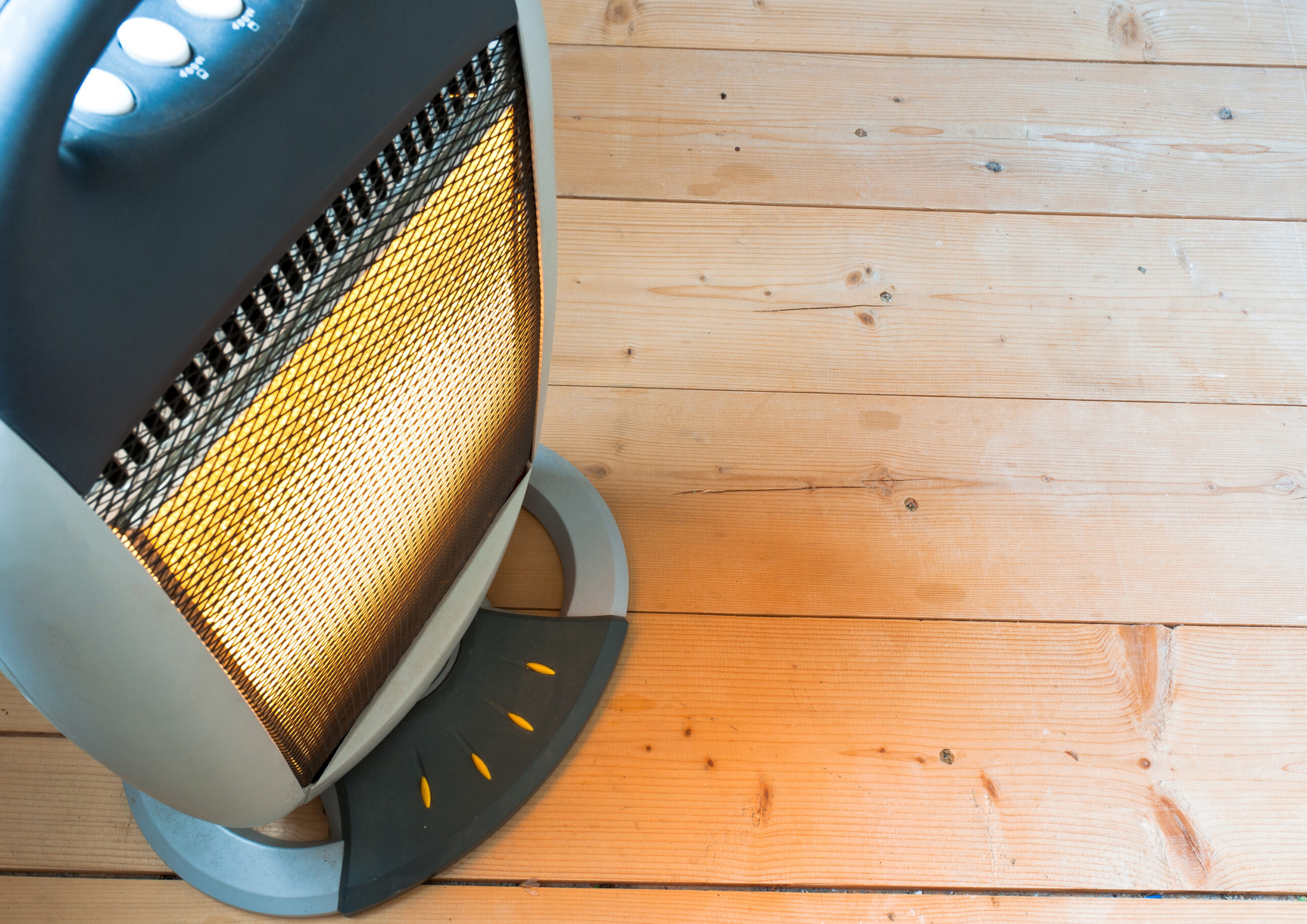Practice Smart Space Heater Use and Other Cold Weather Safety Procedures
Everything smells like pumpkin, it’s dark outside by the time you leave work, and Mariah Carey’s back on the radio.
Yes, it’s that time of year again. Fall is ending, and to paraphrase Ned Stark: the cold season will soon arrive. (Doesn’t seem to have the same ring to it, huh?) In fact, in many regions of the United States, winter has already come, wailing on the East Coast with a record-breaking Arctic blast.
Another tell-tale sign of winter? Portable heaters in the workplace. Some employers keep space heaters around for the cold months. Others allow employees to bring their own heating units to work. Even when they aren’t allowed to, many workers sneak in heaters nonetheless.
This isn’t only a matter of comfort. Consider the fact that worker productivity plummets during winter. A drop of less than 5º Celsius can increase errors by as much as 15%, according to research from Cornell. Women are disproportionately impacted, as studies show that women perform better at temperatures above current standards—and that higher ambient temperatures can boost overall workforce productivity regardless of gender.
But while they may help in terms of productivity, space heaters can pose serious danger in the form of increased fire and injury risk.
Do you know the difference between electric and kerosene heaters? How about what labels to look for, or the minimum safe distance a heater should be kept from combustible materials?
For the answers, be sure to check out a recent article in EHS Daily Advisor. The article offers quick tips on proper portable heater use, so you can train your workers to keep themselves and your organization safe. Read “Warm Up Your Workers with Portable Heater Safety Training.”
Is your organization prepared to endure the cold and weather the weather ahead? Low temperatures and freezing conditions are no joke. Consider the following:
- Winter marks the beginning of flu season. Get ready for more people calling in sick, as well as the possibility of illness spreading in the workplace.
- Winter weather can cause significant delays in travel to and from work. Snow, high winds, and freezing rain bring about significant obstacles and dangers for your workforce.
- Cold weather makes hazardous zones more hazardous. From frozen pipes to slippery floors, workplace risks in hazardous jobs increase during winter.
- Holiday parties create human resources headaches. A workforce celebration can become an opportunity for workers to engage in inappropriate behavior, especially when alcohol is involved.
For all these reasons and more, now is an ideal time to step up your workforce safety and compliance programs. Prepare for heightened risk—both the expected and unexpected. Ask us about how KPA can keep your people and facilities protected this winter.

